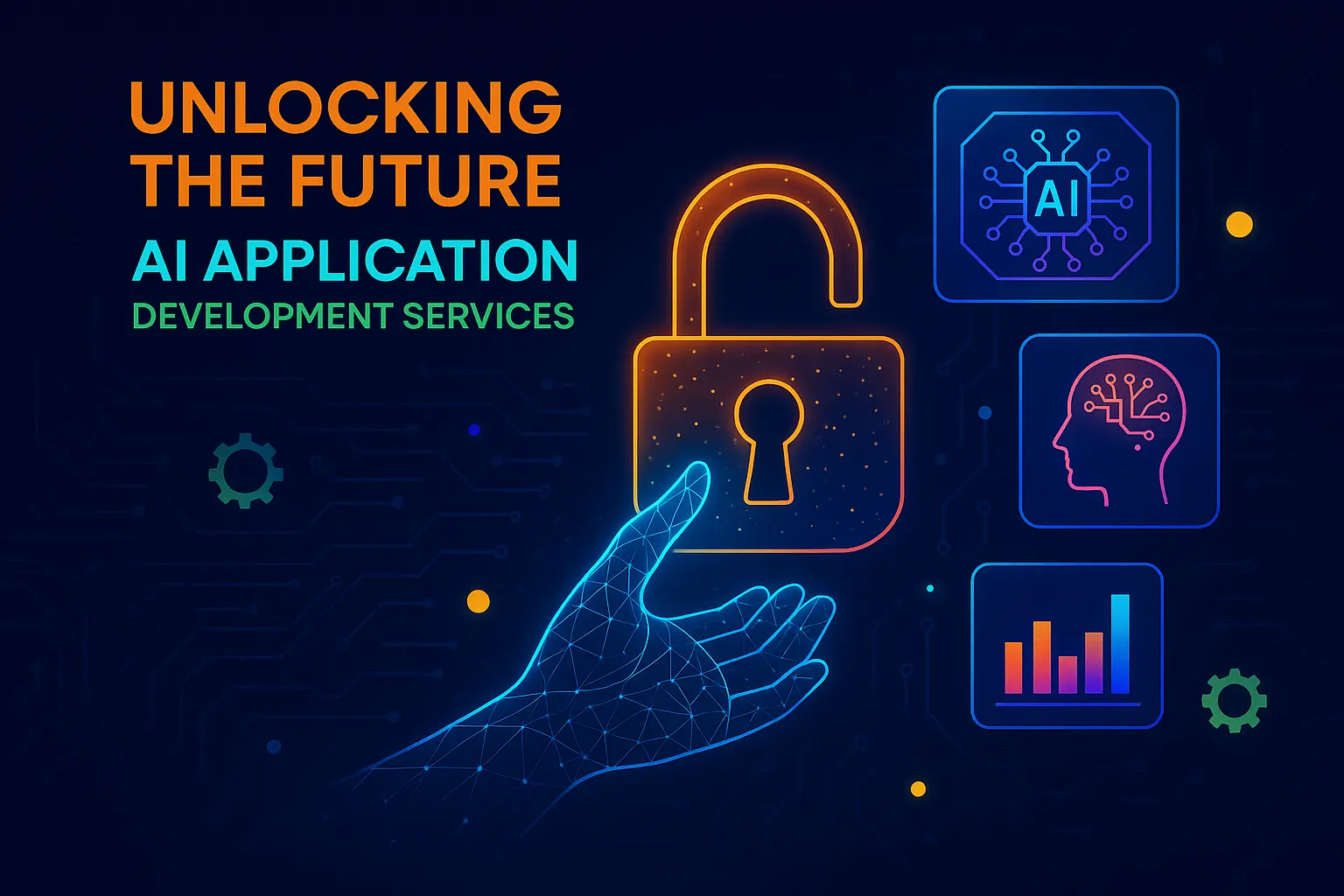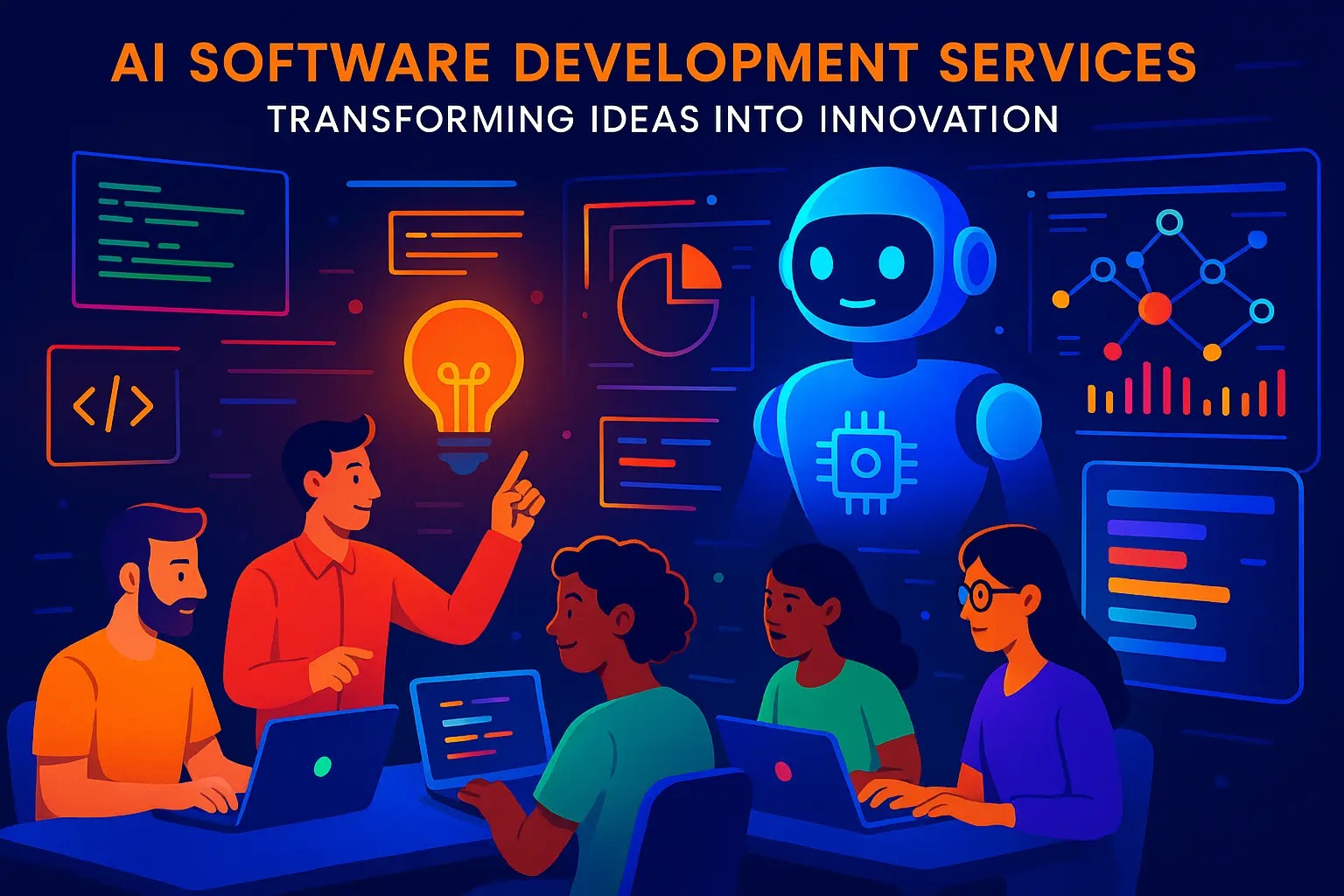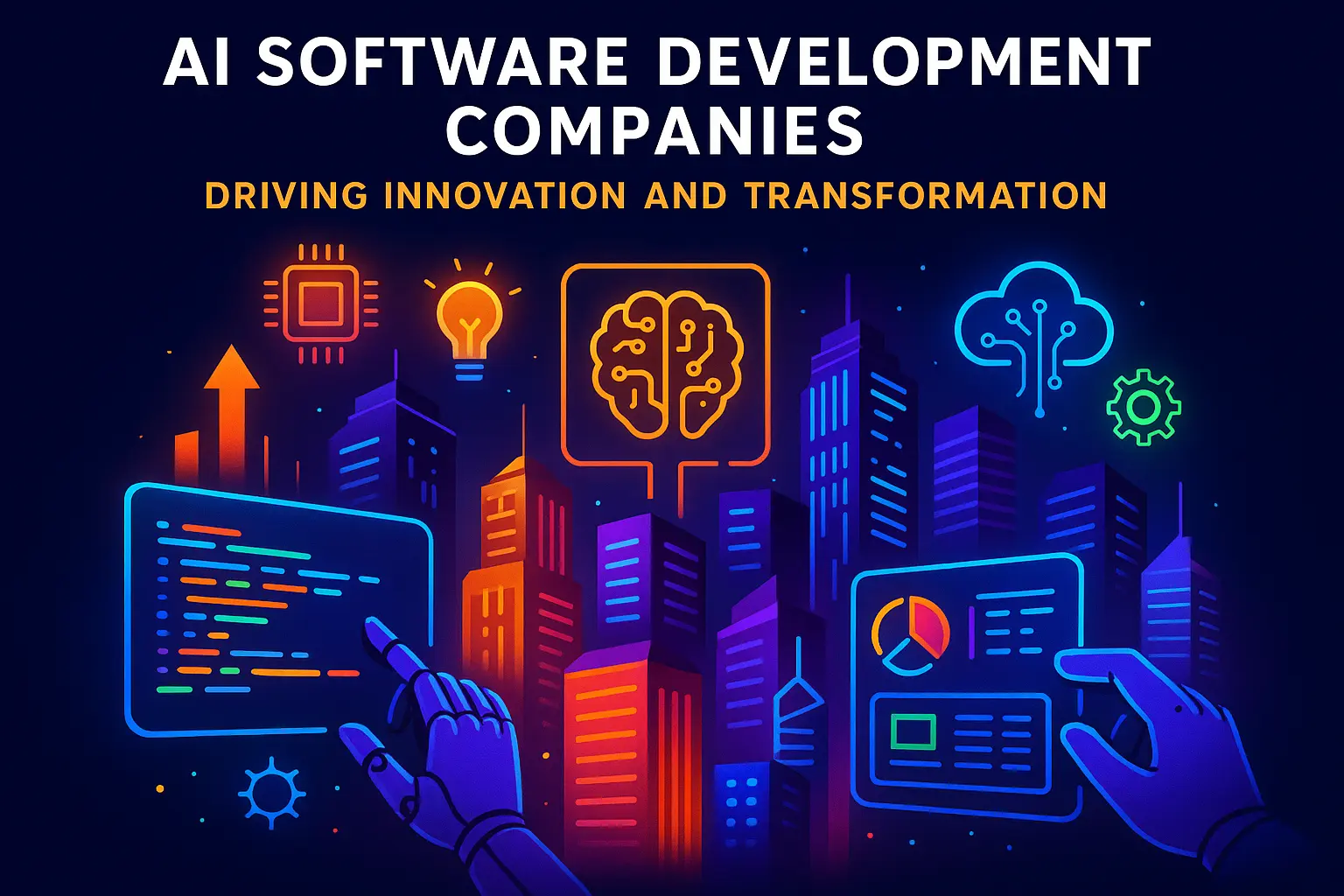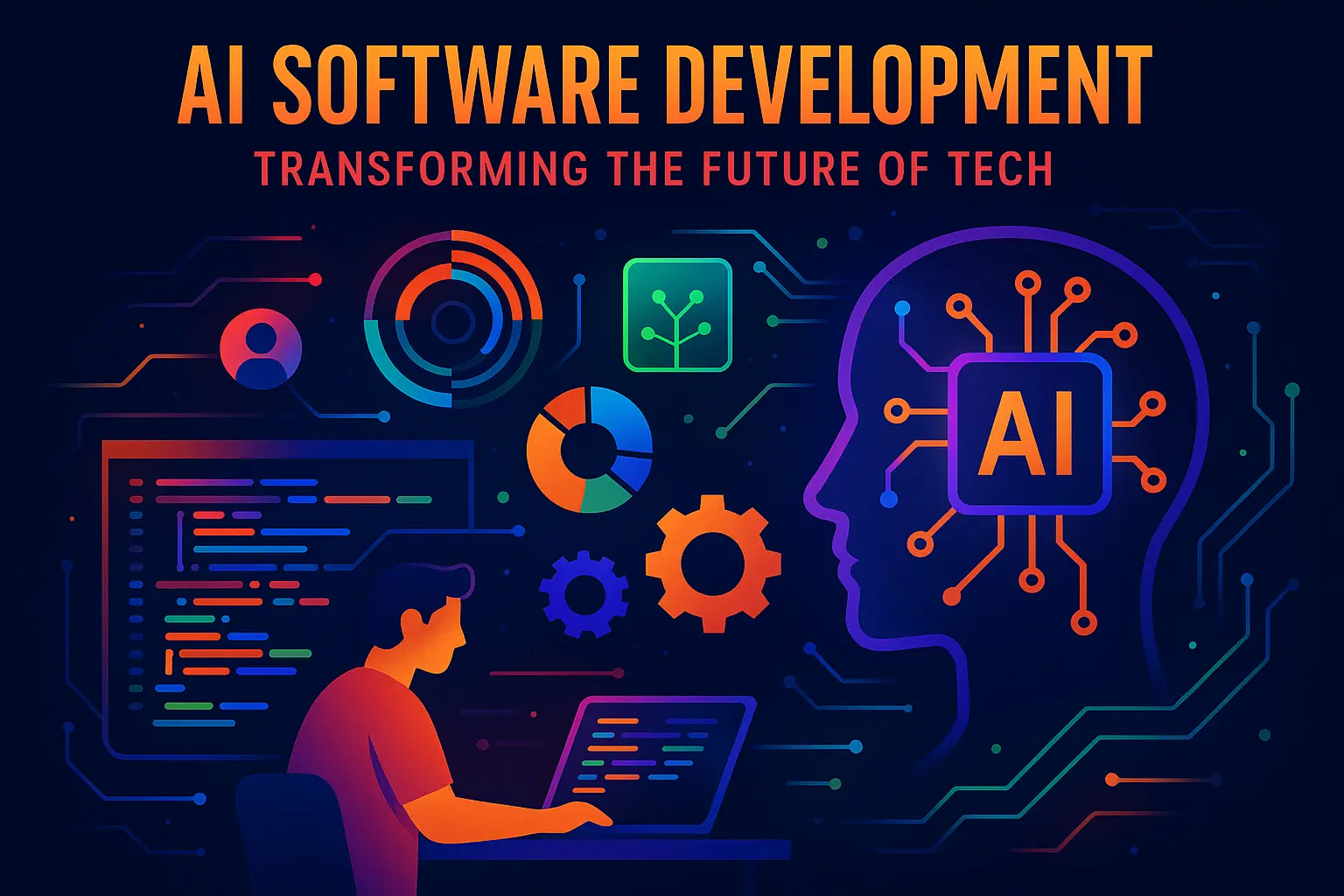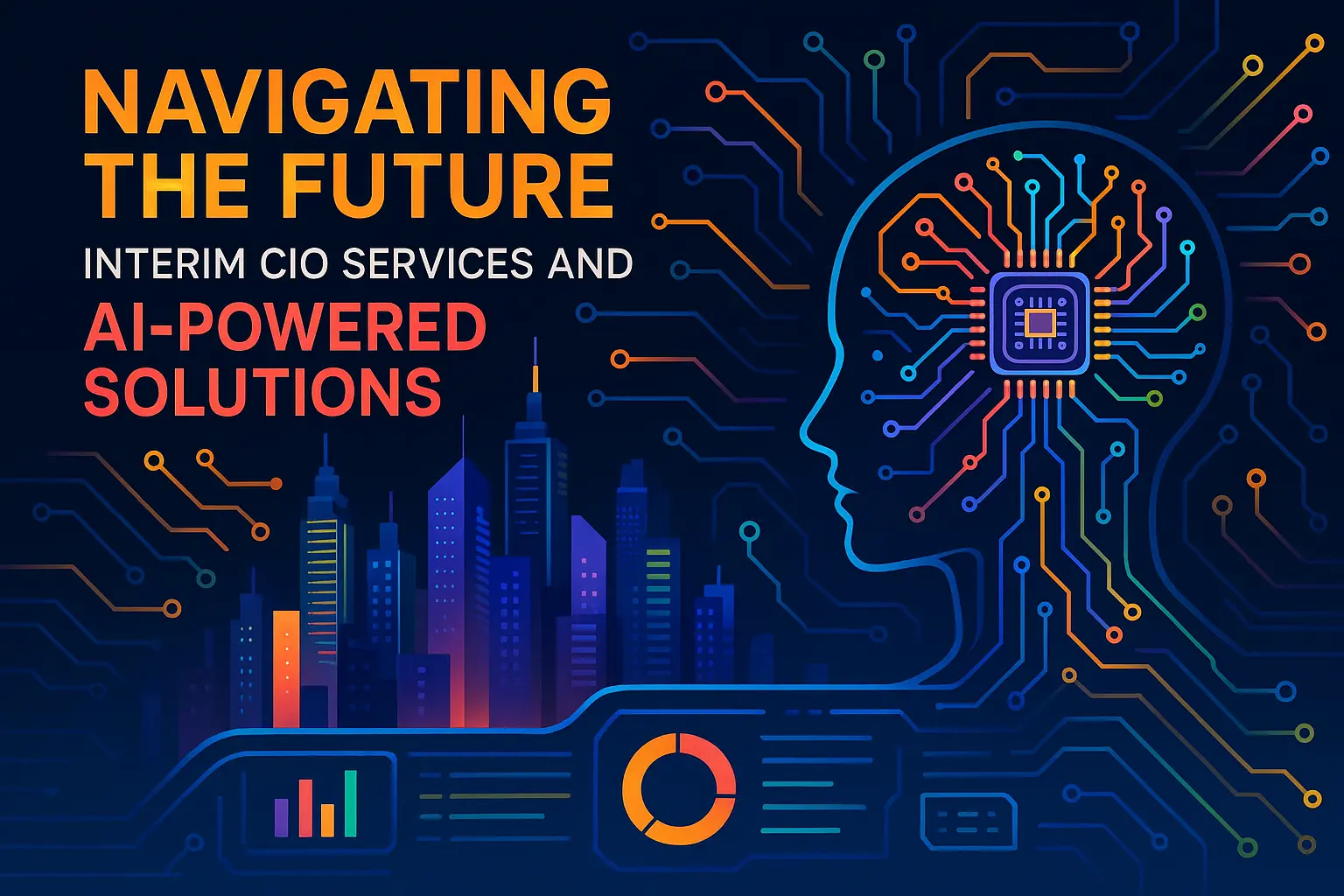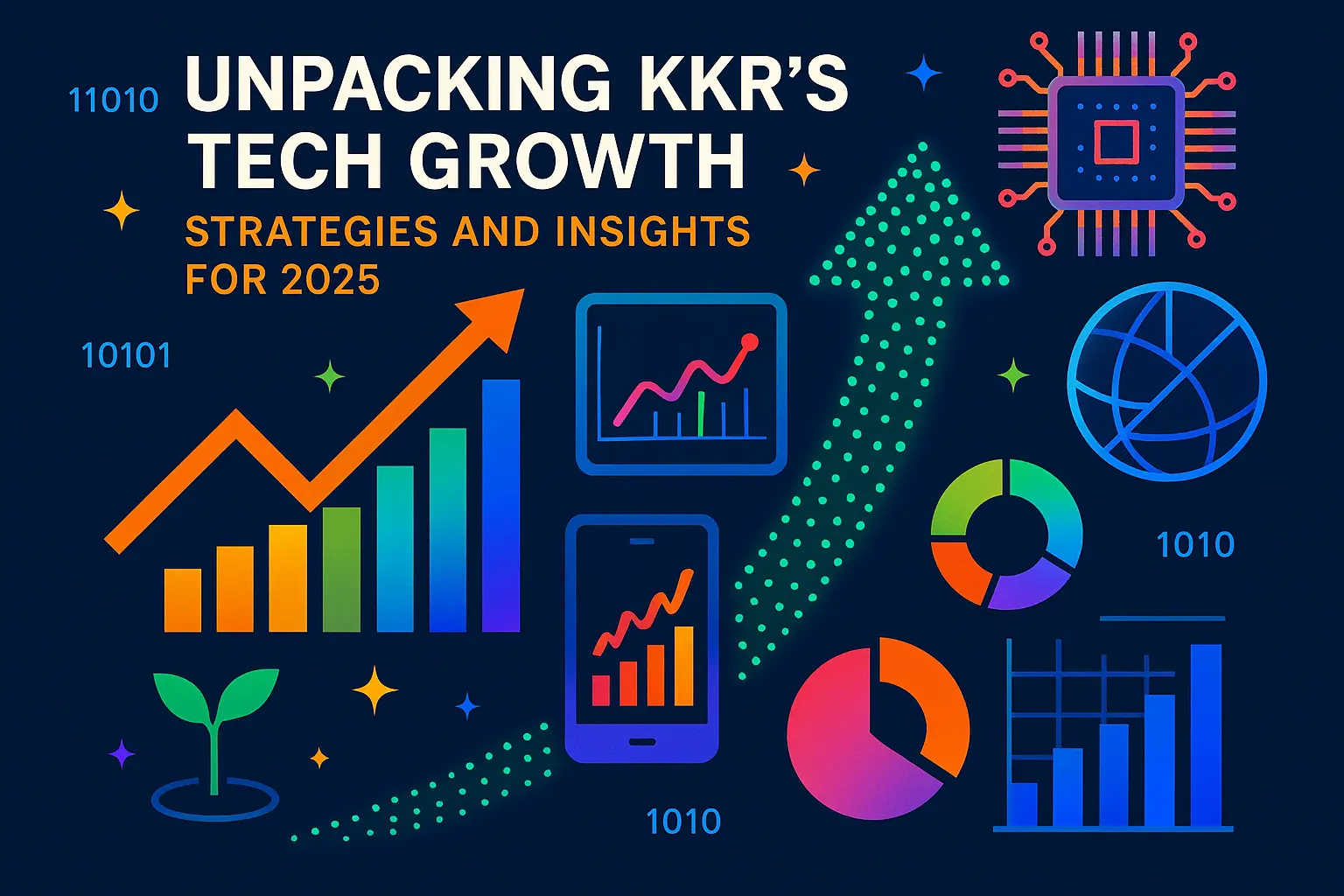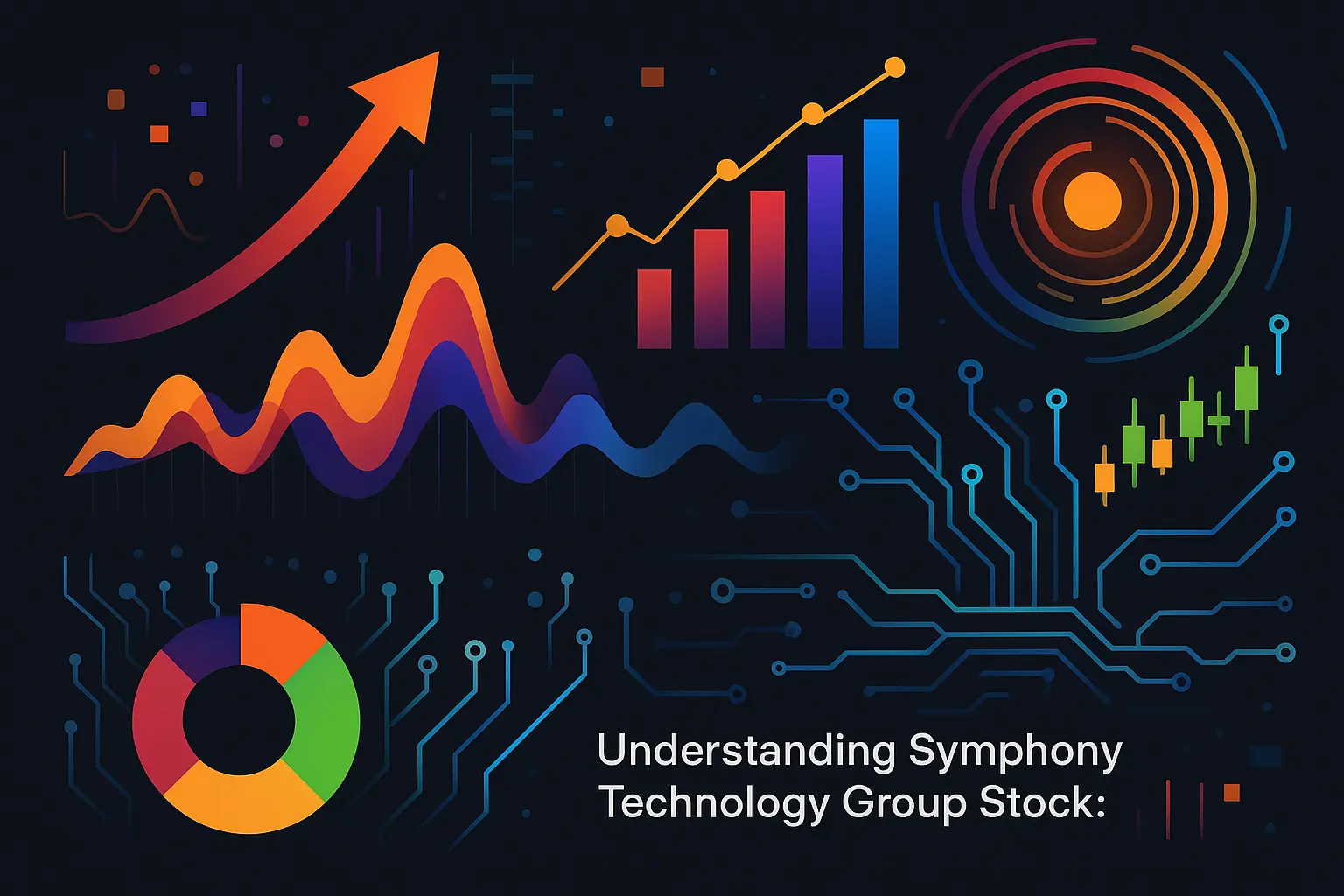Imagine a world where technology anticipates your needs, simplifies your tasks, and even learns along the way. Welcome to the era of AI application development. As the foundation of this transformative movement, AI applications are redefining industries, revolutionizing healthcare, finance, education, and beyond. With AI investments estimated to grow to $109 billion by 2024, according to IDC, there’s no question that companies across the globe are prioritizing AI solutions to stay competitive and innovate. This surge is not just about adopting new tools; it’s about unlocking a smarter future. Read on to discover how AI application development services are shaping the future and what this means for businesses and individuals alike.
Understanding AI Application Development
What is AI Application Development?
AI application development refers to the creation of software applications that leverage artificial intelligence technologies to solve complex problems, automate processes, or enhance decision-making capabilities. This involves integrating machine learning models, natural language processing, computer vision, and other AI techniques into an application to provide intelligent features and functions. It is a multidisciplinary field that combines core computer science principles with advancements in AI to build systems that can learn, infer, and adapt autonomously.
The Growing Demand for AI Solutions
The demand for AI solutions is rapidly increasing across various industries, driven by the promise of enhanced efficiency, reduced costs, and improved outcomes. AI’s ability to process and analyze vast amounts of data enables businesses to uncover insights that were previously inaccessible. As industries face mounting challenges—like those in healthcare where “administrative costs represent 30% of total healthcare costs” and long wait times plague patient care—the integration of AI solutions has proven beneficial (“Healthcare Industry Challenges & AI-Powered Solutions — D-LAB research”).
In particular, AI’s potential to automate repetitive tasks while ensuring accuracy is highly valued. For example, AI-driven clinical documentation tools can significantly reduce the time healthcare professionals spend on manual data entry, thereby redirecting their focus to patient care. Such capabilities are not only reshaping operational processes but also opening new avenues for innovation and strategic growth.
As we delve into the key features of successful AI applications, it becomes clear that the fusion of intelligent data processing with adaptability and scalability forms the cornerstone of transformative solutions. Let’s explore these essential characteristics further.
Key Features of Successful AI Applications
Intelligent Data Processing
Successful AI applications excel in their ability to process and interpret vast amounts of data rapidly and accurately. Intelligent data processing involves not just the collection of data but also its analysis and transformation into actionable insights. This requires the use of sophisticated algorithms that can sift through large datasets, identify patterns, and make predictive analyses. By doing so, these applications enhance decision-making and operational effectiveness across various industries. Leveraging machine learning and natural language processing aids in automating complex data-driven processes, which is crucial for businesses looking to remain competitive in a data-centric world.
Adaptability and Scalability
Adaptability and scalability are also critical components that underpin successful AI applications. These systems must be designed to adapt to evolving data inputs, user needs, and technological advancements. This means implementing a modular architecture that allows for updates and modifications without disrupting existing functions. Furthermore, scalability is essential as businesses grow and data volumes increase. AI applications should be able to handle increased loads and more complex tasks seamlessly, ensuring consistent performance. This flexibility is vital for applications to remain relevant and efficient in dynamic environments. As Healthcare Industry Challenges & AI-Powered Solutions — D-LAB research highlights, “AI and GenAI can be implemented across the value chain for businesses,” demonstrating the importance of adaptability for businesses looking to expand their AI capabilities.
Having explored the essential features of AI applications, we move next to how these technologies specifically aid the healthcare industry in overcoming its unique challenges.
Custom AI Solutions for the Healthcare Industry
AI-Powered Clinical Documentation
The healthcare industry is grappling with the significant challenge of clinician burnout, largely driven by the overwhelming time spent interacting with Electronic Health Records (EHR) systems. According to recent findings, clinicians dedicate around 45% of their time on these systems, which contributes to the burnout of 50% of healthcare workers. This not only impacts their mental and physical well-being but also adversely affects patient care. AI-powered clinical documentation offers a breakthrough by automating the creation and updating of medical notes and patient records.
By employing advanced AI technologies such as digital scribing and autonomous interactions with EHR systems, clinicians experience a noteworthy reduction in workload. Implementations have led to a 20% decrease in the time clinicians spend on EHR and a 30% decrease in after-hour working time. This optimization supports better information, leading to better decisions and outcomes, addressing a critical industry need—enhancing clinician efficiency without compromising the quality of care. Some of the tools facilitating these advancements include Microsoft Dragon Copilot and Suki AI.
AI for Improved Patient Management
Patient management within healthcare settings faces its own set of challenges. Inefficiencies in administrative processes such as scheduling and billing not only lead to prolonged wait times but also have significant financial implications, with no-show appointments costing the industry an estimated $150 billion annually. AI solutions streamline these administrative tasks by automating and optimizing processes like scheduling, billing, insurance verification, and more.
This automation has proven highly effective, saving administrators between 38-45% of their time and drastically reducing bill coding errors by up to 97%. This translates to enhanced patient satisfaction and operational efficiency, allowing healthcare providers to focus more on patient care. AI technologies are thus instrumental in transforming patient management operations, offering timely and accurate solutions to tackle the industry’s pressing inefficiencies.
Building on the remarkable benefits AI provides in clinical documentation and patient management, the following section will delve into the essential considerations when selecting the ideal AI development partner to further enhance these healthcare solutions.
How to Choose the Right AI Development Partner
Considerations for Selecting a Development Partner
Choosing the right AI development partner is crucial to the success of your project and business. Begin by evaluating the partner’s experience and expertise in AI. Consider their track record in delivering successful AI projects and their knowledge of the latest AI trends and technologies. Look for partners who can demonstrate their proficiency in not just AI, but also in your specific industry. This ensures they understand your unique challenges and can tailor solutions effectively.
Another vital consideration is the development partner’s adaptability and scalability. They should have the capability to accommodate the growth of your data and projects over time without compromising on performance or quality. Trustworthiness and transparent communication are also key qualities. An ideal partner should engage in open dialogue and share insights that align with your strategic vision.
Questions to Ask Potential Partners
When evaluating potential AI development partners, ask targeted questions that help you understand their capabilities and approach. Inquire about their methodologies for AI model development and deployment. What processes do they have in place to ensure quality control and early error detection? Another important question relates to security: how do they safeguard data, especially if operating in sensitive fields like healthcare, where technology integration and cybersecurity are critical considerations due to increased exposure to risks such as ransomware and data breaches.
“Rapid digitalization improves outcomes but heightens exposure to ransomware, data breaches, and regulatory risk – making healthcare a top target for cyberattacks.” Therefore, ensuring robust data protection practices is essential when selecting an AI development partner (Cybersecurity Due Diligence).
Furthermore, assess their ability to innovate and keep pace with technological advancements by asking about their plans for future-proofing AI solutions. Get insights into their previous client engagements to discern how they create value. The answers should provide clarity on their approach to automation and process optimization, which can ultimately lead to significant savings and operational improvements.
Next, we will delve into the technology aspects that form the backbone of AI application development, exploring essential tools and frameworks that are shaping the future of AI solutions.
Thank you for reading Diligize’s blog!
Are you looking for strategic advise?
Subscribe to our newsletter!
The Technological Backbone of AI Application Development
Essential AI Development Tools and Frameworks
At the core of AI application development lies a robust set of tools and frameworks that facilitate the creation, training, and deployment of models. These tools provide the necessary infrastructure for AI processes, enabling developers to build intelligent solutions efficiently. Some popular development frameworks include TensorFlow, which offers user-friendly components for building and deploying machine learning models, and PyTorch, known for its dynamic computational graph, making it especially suitable for complex neural network architectures.
Additionally, platforms like Keras simplify model building with concise APIs, while frameworks like Microsoft Azure Machine Learning deliver cloud capability to expedite AI application development. These technologies play a pivotal role in enabling businesses to seamlessly integrate AI solutions into their operations, much like how the healthcare industry utilizes AI tools such as “Microsoft Dragon Copilot, Abridge, and Suki AI for clinical documentation” (“Healthcare Industry Challenges & AI-Powered Solutions — D-LAB research”).
Top Programming Languages for AI Development
The choice of programming languages is a fundamental aspect of AI application development, dictating the ease of implementation and performance of the AI models. Python remains the most prevalent language due to its extensive ecosystem of libraries and frameworks like Numpy, Pandas, Scikit-learn, and Matplotlib. Its simplicity and readability accelerate prototype development and deployment.
In addition to Python, R is favored for statistical modeling and data analysis, offering a broad range of packages for various analytical tasks. For performance-sensitive applications, C++ is employed, given its ability to interface with low-level hardware and maximize computational efficiency. Java is another key player, providing robustness and portability, essential for large-scale AI projects.
As the technological landscape evolves, these tools and languages continue to shape the development of innovative AI applications. In the next section, we’ll explore future trends in AI application development and the potential impacts these trends may have on businesses and industries.
Future Trends in AI Application Development
Generative AI and Its Impact
Generative AI is reshaping industries by pushing the boundaries of creativity and automation. With advancements in models that can generate text, images, and even video, businesses are harnessing these technologies to innovate processes, design new products, and improve consumer engagement. This branch of AI offers immense potential for creating personalized content at scale, transforming customer experiences, and enabling businesses to maintain a competitive edge. The impact of generative AI extends to various fields, including media, entertainment, and even healthcare, where it aids in creating realistic simulations for training purposes and assists in research by generating hypotheses.
AI in Cybersecurity
As the digital landscape evolves, so do the threats that organizations face. AI has become a crucial tool in cybersecurity, enhancing detection and response capabilities against increasingly sophisticated cyber threats. AI systems are utilized for real-time threat intelligence, intrusion detection, and anomaly detection, providing a proactive approach to security. The integration of AI in cybersecurity not only improves the speed and efficiency of threat mitigation but also reduces the dependency on human intervention for routine monitoring tasks.
Furthermore, the need for AI-powered solutions is becoming more urgent in sectors that are highly vulnerable to cyber threats, such as the healthcare industry. The rapid digitalization of healthcare, while improving outcomes, increases exposure to cyberattacks. AI can help manage this heightened exposure to ransomware, data breaches, and regulatory risk effectively, positioning healthcare as a key sector for AI-driven cybersecurity advancements (“Healthcare Industry Challenges & AI-Powered Solutions — D-LAB research”).
As AI continues to evolve, it is poised to redefine industry norms and catalyze innovation in sectors as varied as media and cybersecurity. As these trends shape the future, understanding how to select the right AI development partner is crucial for leveraging these advancements to their full potential.
